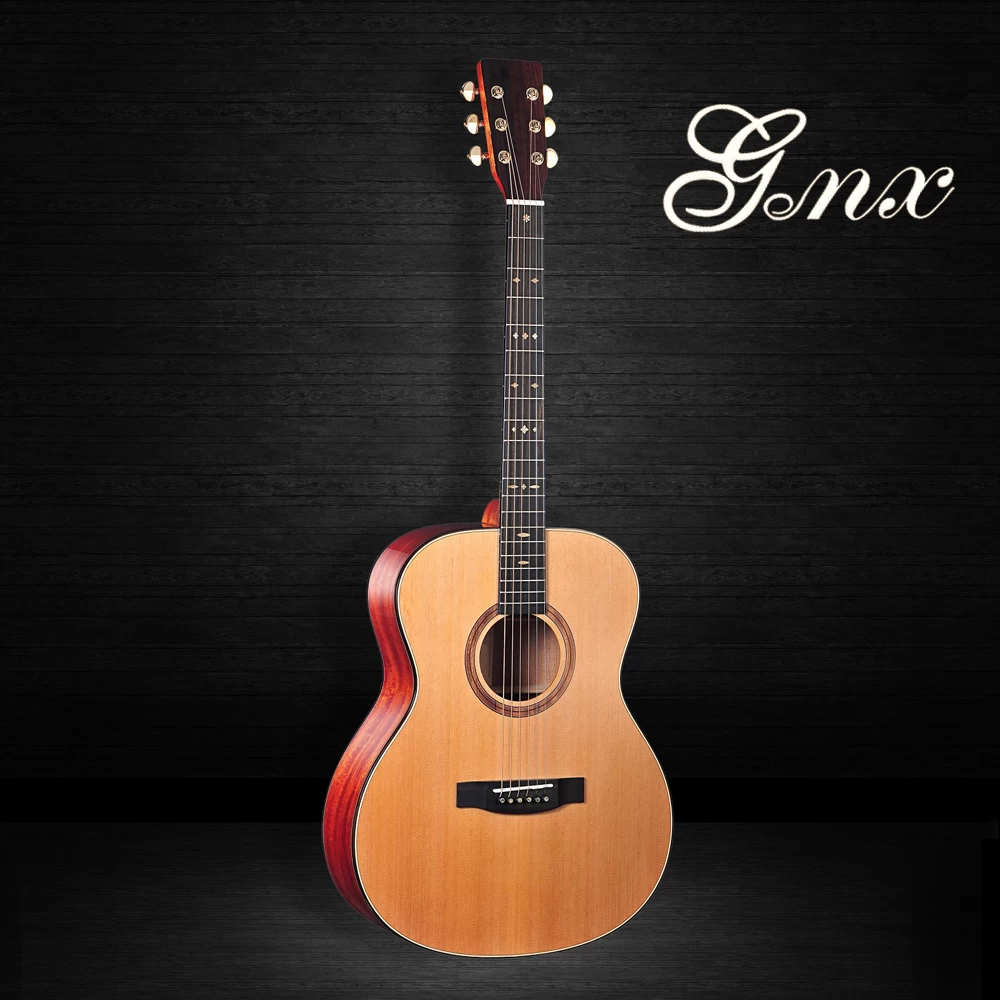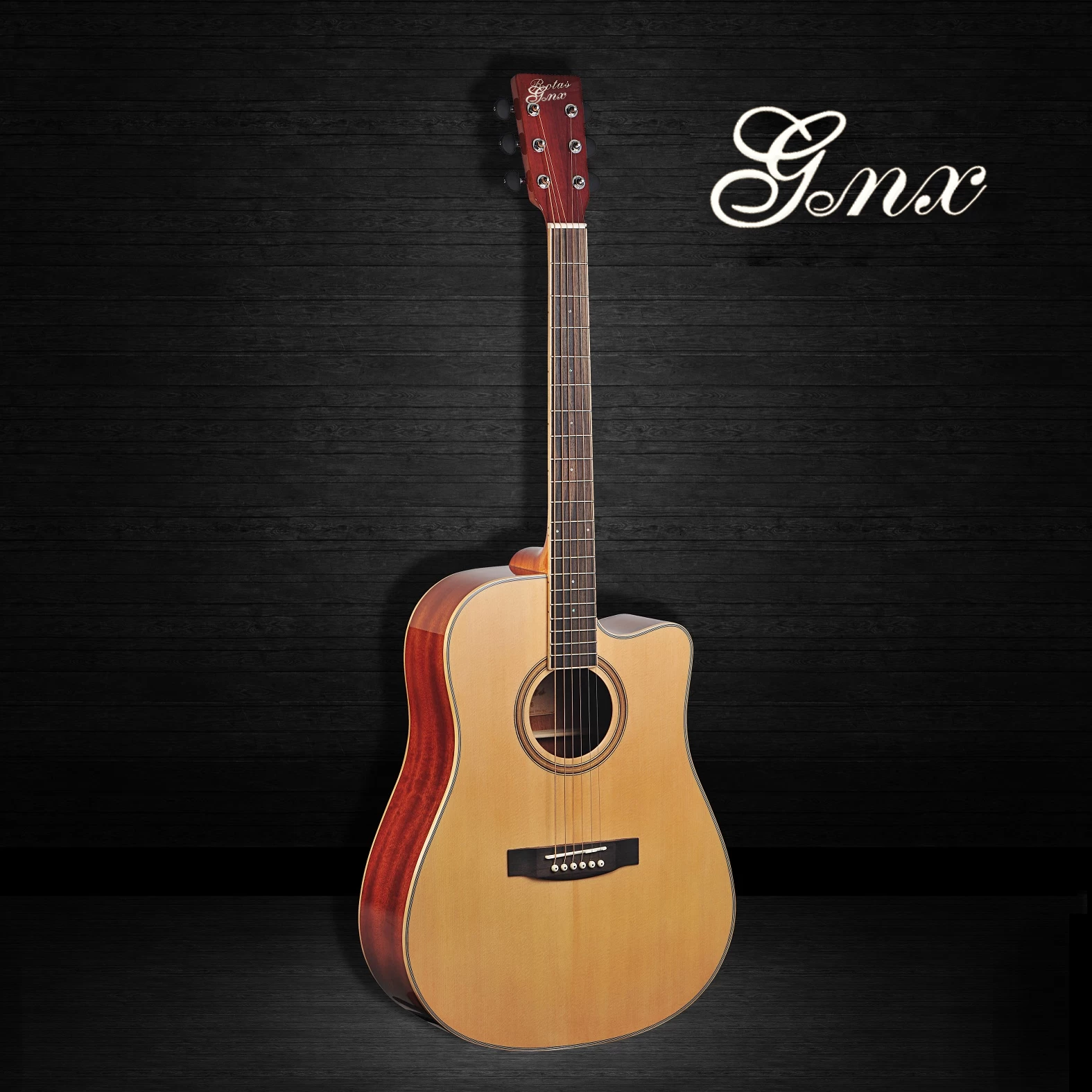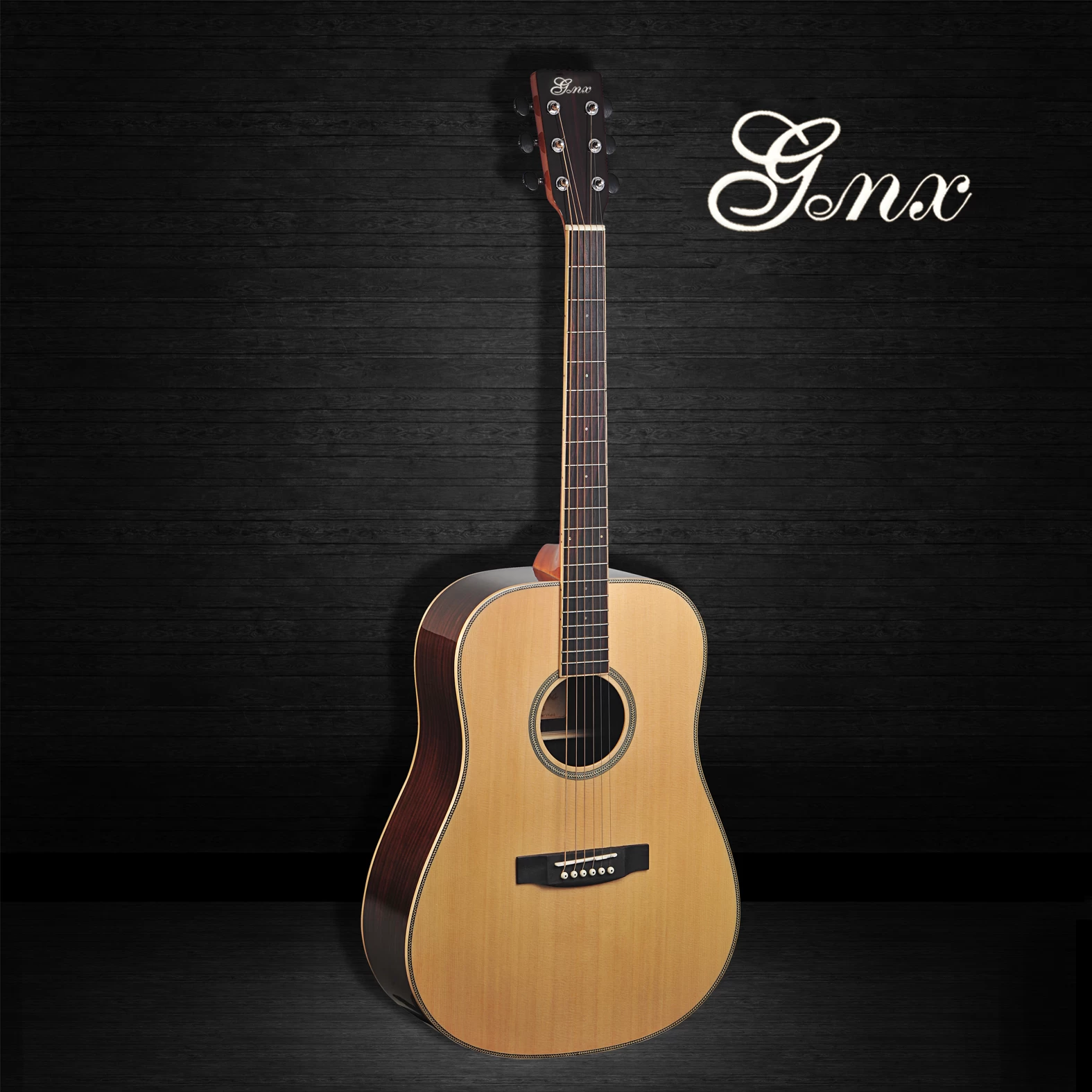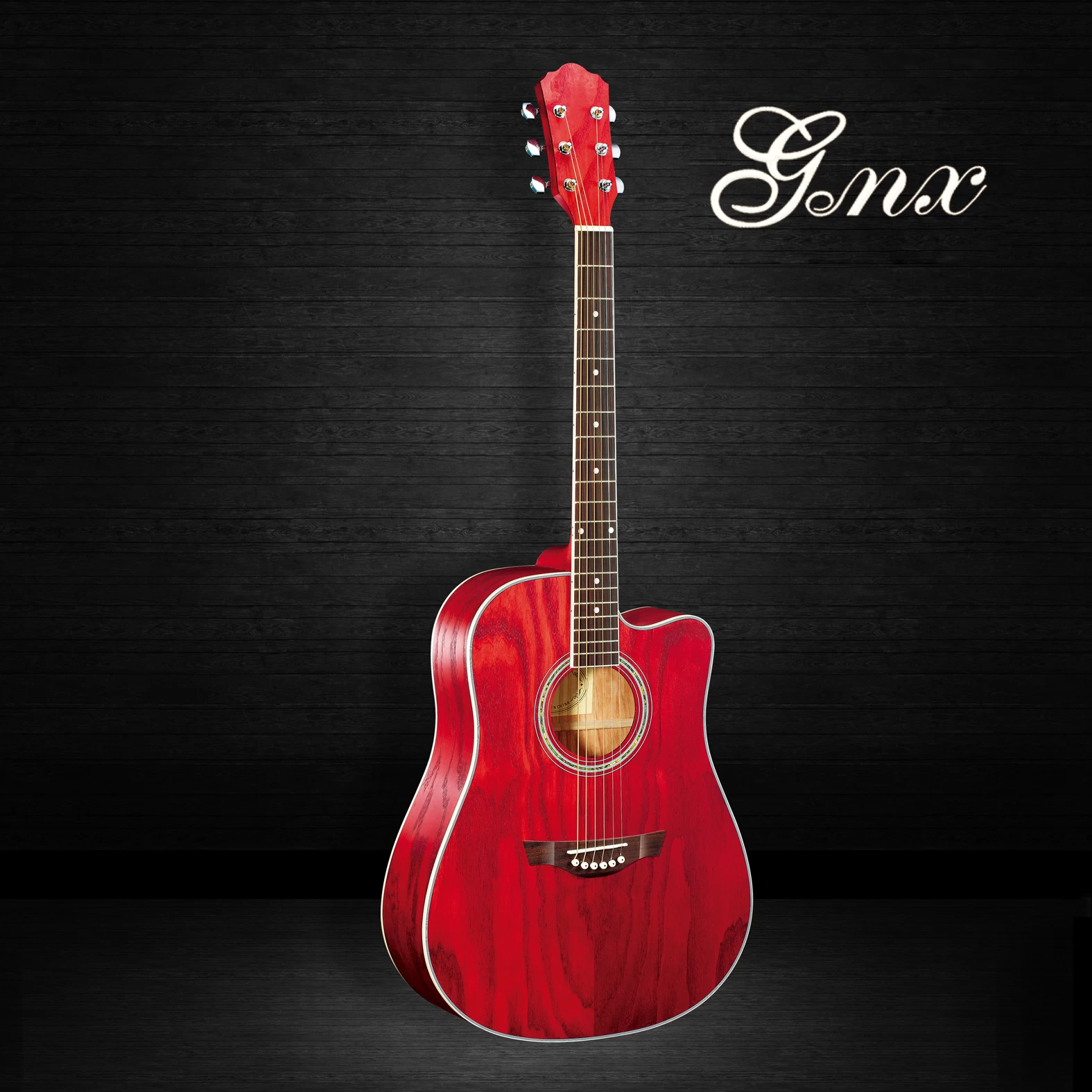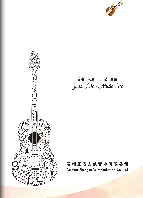Tips And Tricks To Improve Your Acoustic Playing
2018-05-25 15:43:12
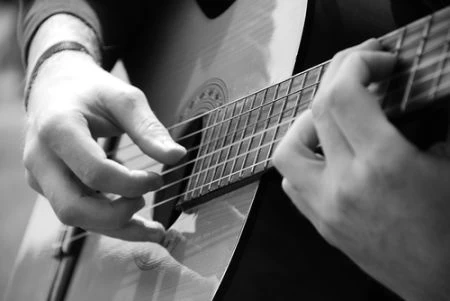
The truss rod may also need adjusting. Change your strings often. Just because they don’t break, doesn’t mean they don’t need changing. Flat spots develop on the underside of strings pretty quickly and lead to intonation issues. And if you happen to have acidic sweat, your strings will corrode and lose sparkle well before they break. Wipe down your strings after playing if you are thusly cursed.
Have some goals about what you want to sound like.
Are you into fingerpicking? Big strummy anthems? Bluegrass? Intricate soundscapes à la Michael Hedges? The world of acoustic guitar music is as varied as that of electric guitar. A thin flexible pick is more suited to strumming relentless rhythms while a firmer flat pick is better suited to styles that incorporate melodic runs and fills like bluegrass. Travis pickers often use a thumb pick. Classical players need to keep fastidious care of their nails. Learn about the different styles and spend some time trying different things. Borrow and steal from them all.
Explore open tunings and get a capo.
Some of the most iconic music conceived on the acoustic guitar involved one or both of these things. Little Martha (Allman Brothers), The Headmaster Ritual (Johnny Marr/The Smiths), The Rain Song (Led Zeppelin), and almost every song Joni Mitchell ever wrote involved open tunings. And a capo. So much of the joy of playing acoustic guitar is being able to sit and convey a complete musical idea without a band. Part of creating this little sound world often comes from a unique tuning that allows for the use of open strings and drones. And using a capo can also give standard tuning a new lease on life as well.
Play your favourite chord progression with your capo on the 4th fret and you’ll hear it in a whole new light. We get so used to hearing open C,A, G, E, and D chords in popular music and our own ideas that it can all start to sound the same. That said, there is also a tendency in newer pop acoustic styles to recycle the same I, vi, IV, V progression and just switch it around with a capo, so don’t do that! Use it for good, not evil.
Get clean.
In the same way that playing an electric guitar through a cranked Marshall will immediately expose bad technique, playing acoustic guitar alone leaves you totally naked. Finger noise, buzzing from too little finger pressure (or too much) and dead notes from bad finger placement (ie: angle) are all things that will become very evident on acoustic guitar. Concentrate on finding the optimal finger pressure required of the left hand to have all notes ring out.
At the same time be aware of the natural tendency to play too heavily with the right hand when the left is working hard. You must be able to play softly or loudly while maintaining a steady pressure with the left. Many students cannot separate the two and lighten pressure in the left hand when the dynamic level drops, causing dead notes and buzzing. Conversely, they tend to squeeze too hard when the dynamic level goes up causing notes to go sharp.
Be aware that not all guitars are created equal.
Never blame your gear when you could work on technique, but if you are really struggling with acoustic guitar it may not just be because you are used to the relative ease of lighter strings on electric, but because of something called Scale Length. If you normally play a Les Paul and you switch over to a Martin D-28, you may find everything just a little out of reach. This is because a Les Paul has a relatively short scale of 24 3/4 inches while the Martin has a scale of 25 1/2 inches. A shorter scale instrument may make playing acoustic a little easier if you have smaller hands. You may also be able to use a heavier gauge string for more tone and projection if you are able to find a guitar that better suits your hands. (An example of a 24 3/4 scale acoustic would be the Gibson Hummingbird.)
Get some classic repertoire under your fingers.
If you are new to acoustic guitar (or just a lapsed acoustic player) it’s important to model your playing on something specific to the instrument at some point. If nothing else, it gives you a few things to play at the music store when you go try out new guitars! A few suggestions…
The Rain Song (Led Zeppelin)
Over The Hills And Far Away (Led Zeppelin)
Crazy On You (Heart)
Midsummer’s Daydream (Triumph/Rik Emmet)
Don’t Think Twice, It’s Alright (Bob Dylan)
Little Green (Joni Mitchell)
Little Martha (Allman Bros.)
Never Going Back Again (Fleetwood Mac)
Blackbird (The Beatles)
This is obviously just the tip of the iceberg. Listen to as much acoustic guitar music as you can get your hands on. And remember that the gap between acoustic guitar and electric isn’t some great chasm. At the end of the day, they both have six strings, right? Ultimately, getting better at acoustic guitar will definitely improve your overall playing, touch and hand strength and musicality. Get on it!





